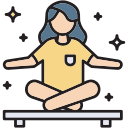Chosen theme: ‘Mental Focus and Yoga: A Winning Combination for Athletes.’ Breathe in, dial in. This home base explores how targeted yoga and breath training sharpen attention, calm pressure, and turn routines into repeatable wins. Subscribe, comment, and practice with us.
Breath as Your Performance Switch
Nasal, diaphragmatic breathing improves CO2 tolerance and HRV, shifting you from fight-or-flight to focused readiness. Five slow exhales can steady shaky hands, narrow attention, and prime fast, precise movements when the whistle blows. Practice before drills to condition calm reactivity.
Neuroplasticity on the Mat
Regular yoga and mindfulness practice strengthen prefrontal control, thicken the insula, and calm amygdala reactivity. That translates into steadier focus, faster recovery from mistakes, and fewer costly lapses when pressure spikes during crucial moments.
Data You Can Feel
Track simple markers—HRV, resting heart rate, and perceived focus—before and after sessions. Most athletes notice clearer attention within two weeks when yoga minutes rise, especially on days stacked with travel, meetings, or heavy training.
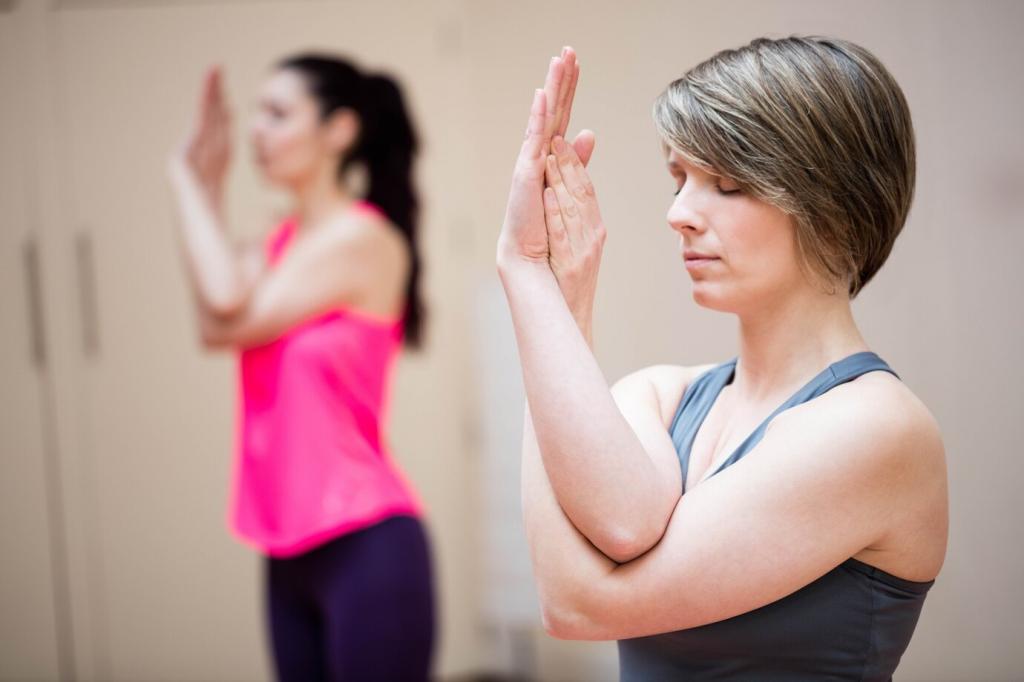
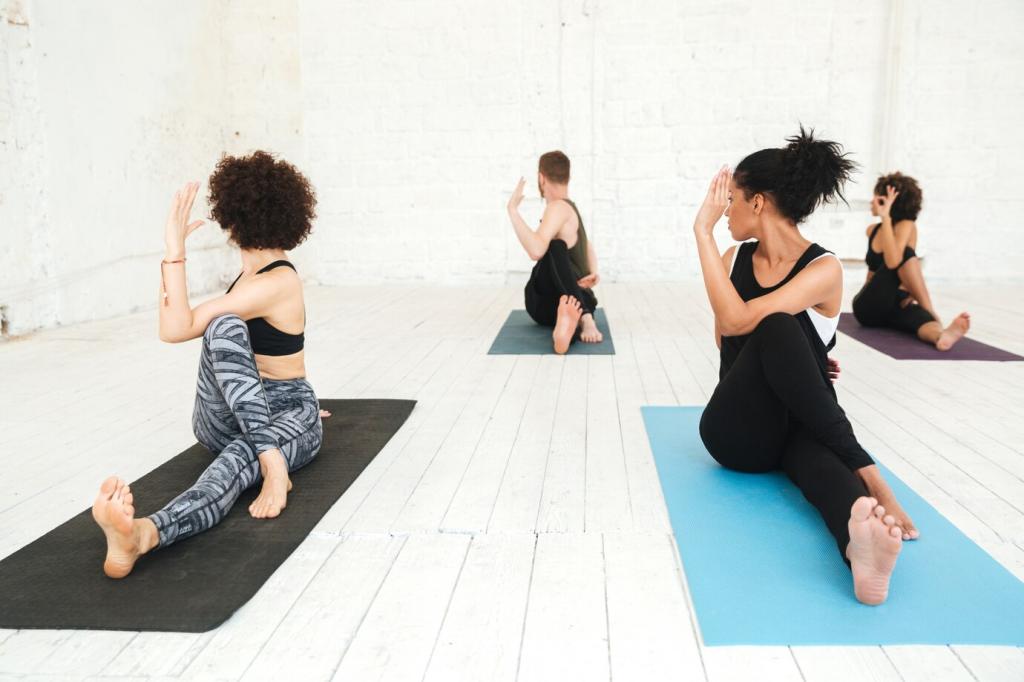
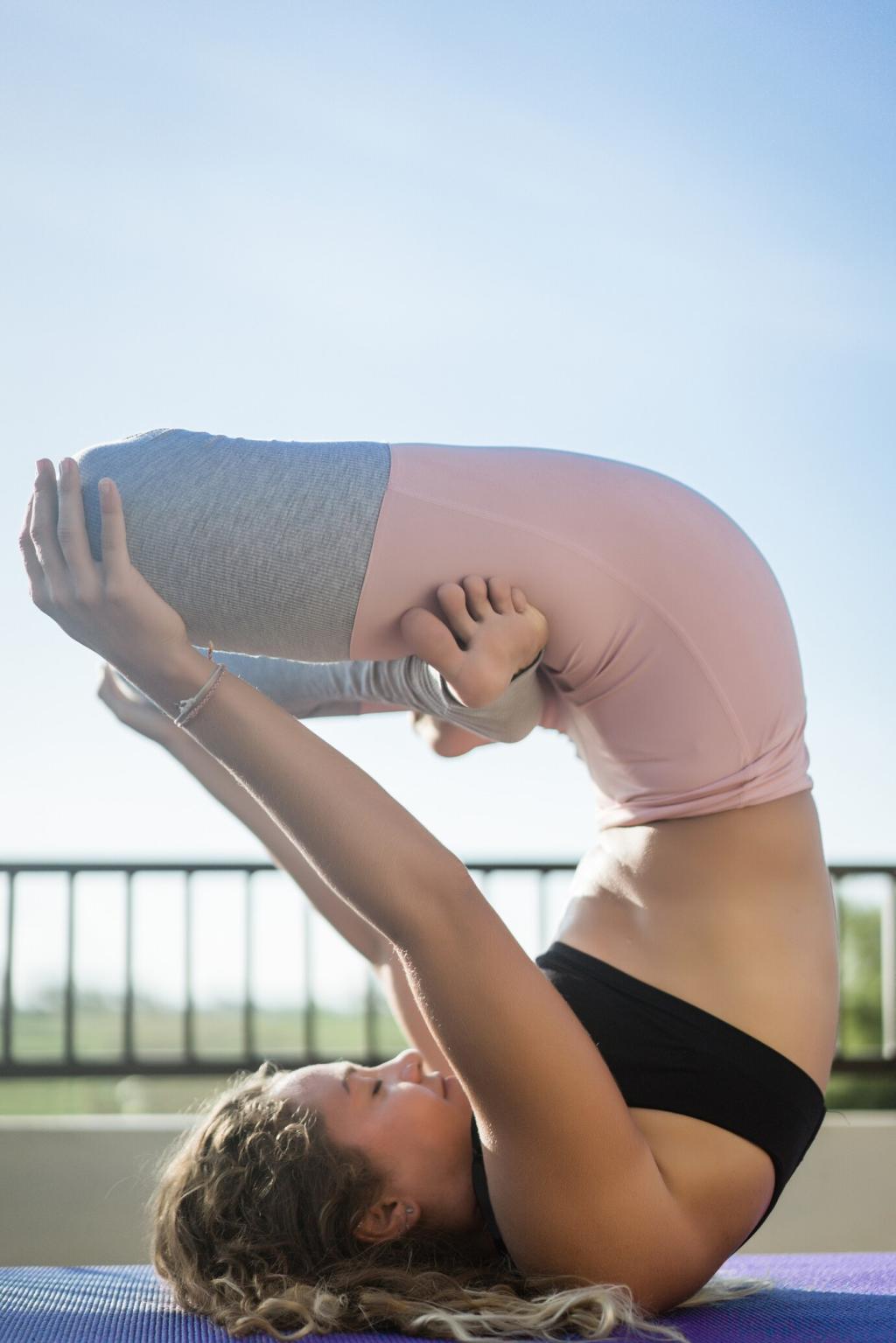

Parasympathetic Reset in Twelve Minutes
Lie with legs up the wall, breathe in four and out seven for six minutes, then practice alternate-nostril breathing. Athletes report calmer evening moods, easier digestion, and noticeably lower resting heart rates by the second week.
Fascia-Friendly Mobility
Use yin holds for hips, calves, and thoracic spine, two minutes each, breathing into sensation without forcing range. The slow, humid time under tension helps tissues rehydrate, easing stiffness while your mind rehearses tomorrow’s technical cues.
Sleep Like a Champion
Try fifteen minutes of yoga nidra before bed: guided body scans, breath counts, and effortless visualization. One track cyclist saw fewer 2am wakeups and steadier morning focus after adding nidra three nights weekly for a month.
Focus Under Pressure: Real Stories, Real Routines
Before her kick, a striker plants both feet, softens her jaw, inhales through her nose, and extends one long exhale. The stadium roars, yet time dilates; aim sharpens; the ball meets side netting, just like practice.
Focus Under Pressure: Real Stories, Real Routines
Lane five. He notes spikes, breathes box rhythm twice, then narrows his gaze to the first hurdle of discomfort: the backstretch. When legs flood, he returns to the rhythm, salvaging form and clipping two seconds from his season best.
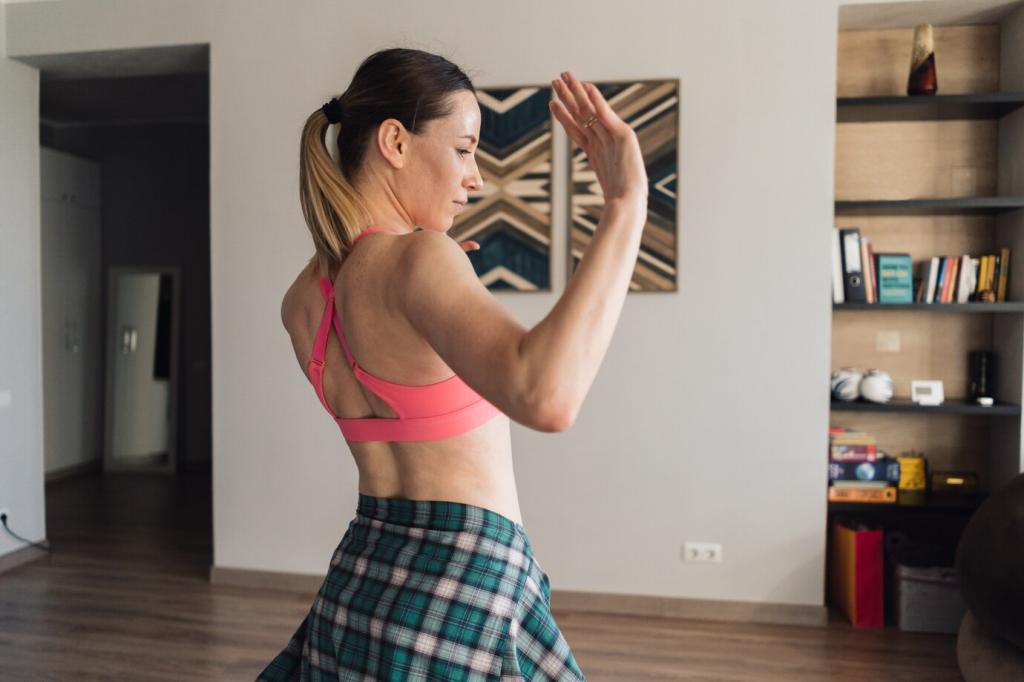
Measure What Matters: Training Attention Like a Skill
Rate pre-practice clarity from one to ten, note distractions, log breath minutes, and record outcomes. Over weeks, correlations emerge: longer exhales before tactical drills, fewer errors; morning nidra, smoother decision-making under fatigue. Share patterns with teammates for ideas.
Attach five sun-breaths to lacing shoes, and two minutes of alternate-nostril breathing to opening your training log. Tiny anchors reduce friction, build streaks, and keep your nervous system tuned, even on chaotic travel or tournament days.
Post your weekly focus ritual in the comments and invite a training partner to try it. Coaches, ask athletes to reflect aloud after practice: what worked, what wobbled, what changes next. Shared language accelerates learning and resilience.
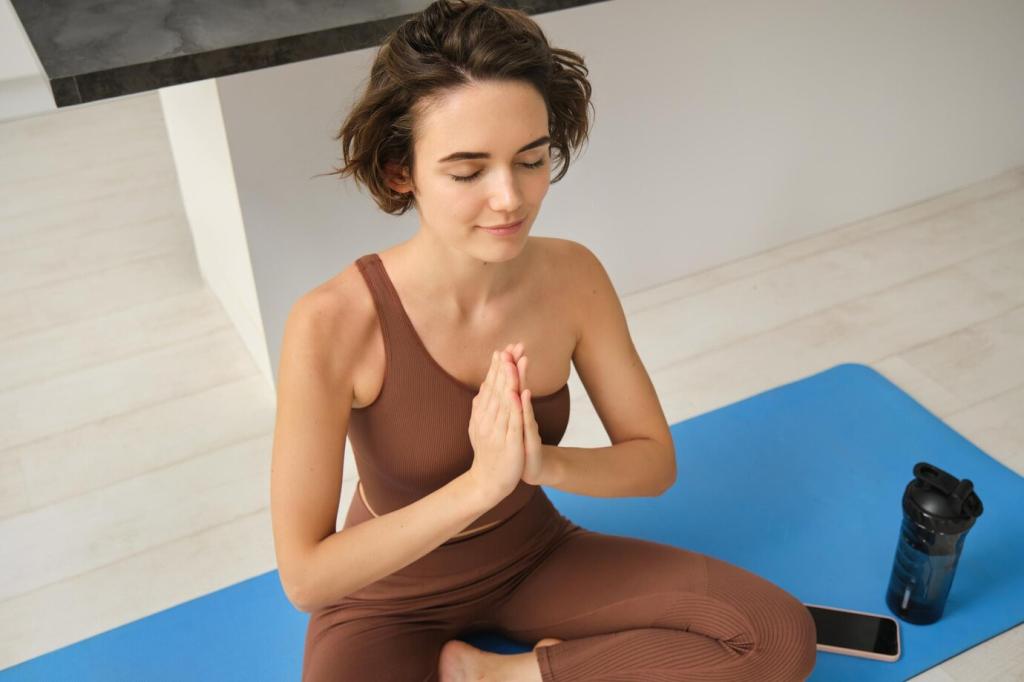
Join the Practice: Build Your Winning Ritual
Day one, breath check-ins; day two, drishti; day three, ten-minute flow; day four, box breathing; day five, nidra; day six, mobility; day seven, reflect. Subscribe for a printable checklist and share highlights of your week.
Join the Practice: Build Your Winning Ritual
Adapt the routines to your sport’s rhythm: warmup windows, timeouts, halftime. Start with two minutes daily for two weeks. Tell us what your squad notices, and we’ll compile examples for future posts. Drop questions or requests below.
